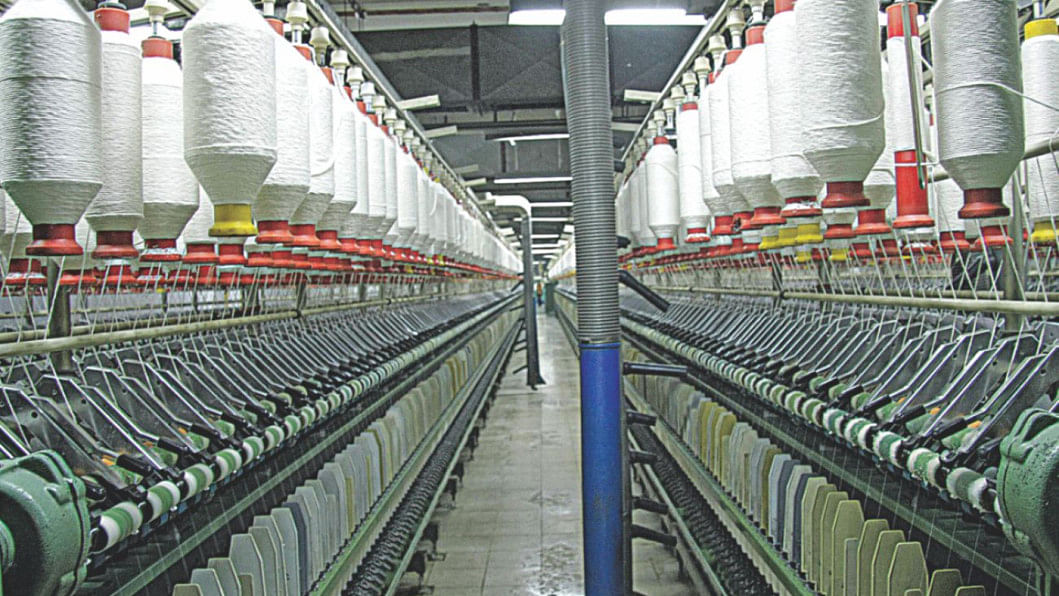Indian yarn producers consider waterways for export to Bangladesh

After Bangladesh shut yarn imports through its five land ports last month, producers of the spun fibre in India are considering alternative modes of transportation.
Land ports in Benapole, Bhomra, Sonamasjid, Banglabandha, and Burimari handled around 30 percent of India's yarn exports to Bangladesh, mostly consisting of special and dyed yarn.
However, in line with a long-standing demand from local spinners, who complained of losses due to an influx of yarn imports through land routes, the National Board of Revenue decided last month to stop yarn imports through land ports.
In response, Indian yarn exporters discussed a number of alternative options at a recent conference, including transporting goods using inland waterways through trans-border rivers. They also met with buyers in Bangladesh.
About 70 percent of Indian yarn is still transported to Bangladesh by sea, according to Siddhartha Rajagopal, executive director of the Indian Cotton Textiles Export Promotion Council.
"Now, exporters who relied on land ports for their goods will use sea routes as well. There are smaller ships that leave from Kolkata," he added.
However, an issue Indian exporters face when shipping over waterways is the longer lead time.
According to K Selvaraju, the secretary general of the Southern India Mills' Association, India exported more than 100 million kilogramme (kg) of yarn every month in the past. Currently, it has decreased to around 90 million kg.
Indian yarn was mostly sold to Bangladesh and China, but China has drastically reduced imports in recent years.
If 30 percent of shipments to Bangladesh are affected, the yarn will go for domestic use, lowering costs and impacting the domestic textile value chain, he said.
In 2024, India exported a total of $1.6 billion worth of cotton yarn and $85 million worth of yarn made from manmade fibre.
Selvaraju added that Bangladesh's decision to curb yarn imports through land ports was impacting textile factories in northern Indian states, especially small and medium-sized units, which have long relied on land routes to export yarn owing to lower logistical costs.
They will now be forced to reroute shipments through seaports in Gujarat, Tamil Nadu, or Mumbai, which could raise both costs and delivery times.
Although shipments by sea take slightly longer, one silver lining is that they are expected to be 10 percent cheaper than land-based imports. Seaports are also better equipped to handle quality control measures, ensuring that yarn specifications are met accurately.
India primarily exports cotton to Bangladesh, China, Vietnam, Indonesia, Taiwan, and Thailand, with Bangladesh and China being the largest importers of Indian cotton, according to a 2024 report by the Indian Textiles Ministry.
Bangladesh accounted for about 46 percent of India's total cotton yarn exports.

 For all latest news, follow The Daily Star's Google News channel.
For all latest news, follow The Daily Star's Google News channel. 



Comments